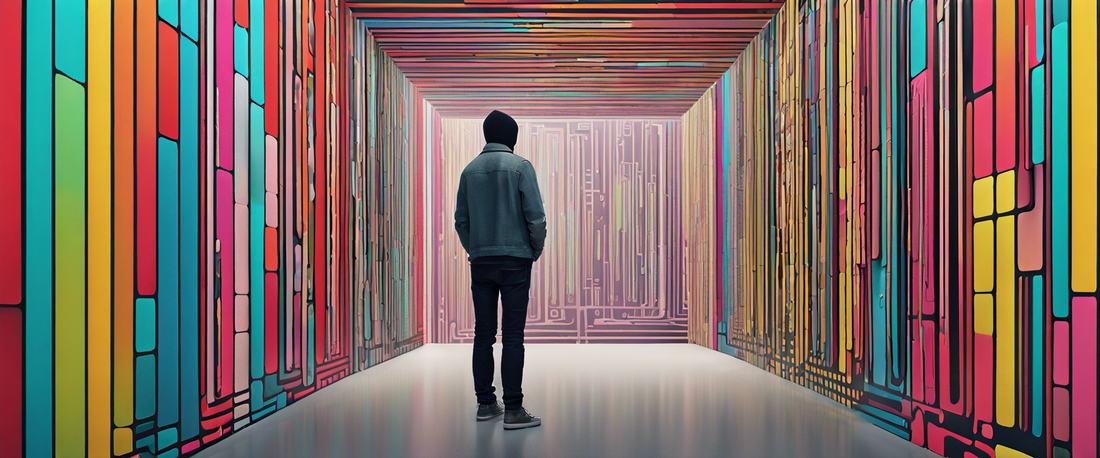
How to Create AI Art with QR Codes Using Stable Diffusion Tutorial
Share
AI Art: Revolutionizing Industries Beyond Expectations
AI art has seen a recent surge in popularity, transforming how we visualize and experience creativity. Yet, many individuals and businesses grapple with the myriad possibilities for harnessing this technology. How can we utilize AI art creatively beyond conventional applications? In this article, we'll explore innovative ways to leverage AI art in various industries and provide a step-by-step tutorial for merging AI art with QR codes.
Latest Trends in AI Art Utilization
While many businesses integrate AI art into social media and blog posts to enhance user interaction, the potential extends far beyond. Industries such as interior design and health-related fields have pioneered their applications; however, we are just scratching the surface.
Recent trends on platforms like TikTok feature transformative videos showcasing AI-generated visuals; a standout example is the Balenciaga campaign, which exemplifies viral marketing through AI art. But what about untapped areas? Integrating AI art with QR codes presents a compelling opportunity for improved brand communication and merchandise production.
Utilizing QR Codes with AI Art
QR codes are not as popular as they could be, but there's a new technique where we can generate AI art that merges seamlessly with readable QR codes. Let’s dive into how you can make AI art using Stable Diffusion WebUI.
Step-by-Step Tutorial on Generating AI Art with QR Codes
- Download and Install Stable Diffusion WebUI: Start by downloading the Stable Diffusion WebUI repo from Automatic1111's GitHub and follow the installation instructions.
- Install ControlNet Extension: Navigate to the Extensions tab within WebUI, find the ControlNet extension, install it, and restart the WebUI.
- Generate a QR Code: Use a free QR code generator to create your QR code image. Set the error correction level to L and the image size to 250x250 for optimal results.
- Download Necessary Models: Obtain the two models from the following links:
- Prepare for Generation: Upload your QR code image into ControlNet Unit 0 and Unit 1 tabs. Enable both options.
- Select Preprocessor and Models: For both units, select "inpaint_global_harmonious" for preprocessing. Choose the respective models for each unit as described in the tutorial.
- Adjust Control Weights and Parameters: Set control weight, step parameters, and sampling methods as guided in the tutorial.
- Generate AI Art: Navigate to the text2img tab, enter your desired prompts and generated images will emerge!
Conclusion
The integration of QR codes with AI art is groundbreaking, sparking a new tradition of creativity. By combining art and technology, we pave the way for fresh ideas in branding and marketing. Why not bring this innovative solution to life at an AI Hackathon? Share your creations in relevant communities, and continue exploring tutorials to delve deeper into Stable Diffusion and AI technologies.
Stay tuned for more tutorials and creative tips, and don't forget to engage with fellow enthusiasts on Discord!
